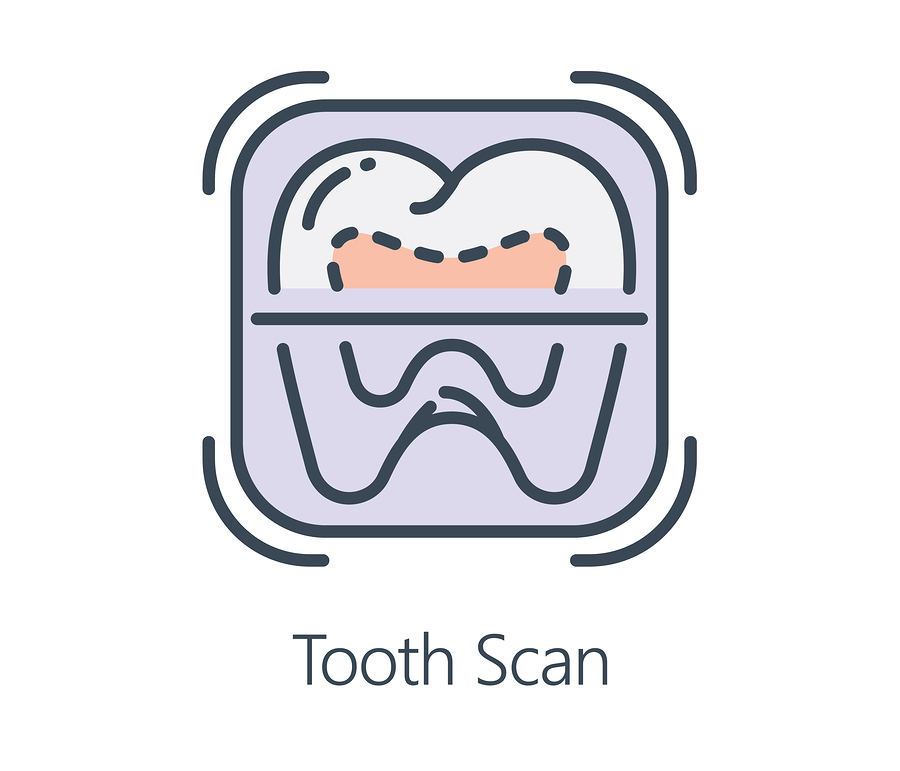Each year, there are nearly 50,000 new cases of oral cancer in the United States. Early intervention can have a significant impact on survival, but only when cancer is recognized before it spreads. Oral cancer screenings can give patients and doctors a head start on treatment, so patients can have better outcomes and longer lives.
What Is an Oral Cancer Screening?
Cancer screenings mean looking for cancer before any symptoms appear. This can help identify cancer in its earliest stages, when the disease is more treatable, and positive outcomes are more likely. Unfortunately, by the time symptoms appear, oral cancer may have already begun to spread. By catching it early, you can improve your chances of survival, while also minimizing the unpleasant side-effects associated with many cancer treatments.
What Are the Oral Cancer Screening Guidelines?
According to the U.S. Preventive Services Task Force (USPSTF), there is not enough evidence to determine whether screenings reduce oral cancer rates among asymptomatic adults. That said, medical experts agree that, in clinical practice, screenings can help detect oral cancer at very early stages, when lesions are reversible or more easily treated. For this reason, the American Dental Association (ADA) provides the following guidelines in relation to screenings:
- Clinicians should perform extraoral and intraoral conventional visual and tactile examinations in all adult patients.
- If suspicious lesions are found, clinicians should perform a biopsy right away or refer the patient to a specialist.
While an oral cancer screening can be beneficial for anyone, it may be especially important for people with certain risk factors, including:
- Tobacco use of any kind, including cigars, cigarettes, pipes, snuff and chewing tobacco
- Some type of previous oral cancer diagnosis
- A history of intense sun exposure, which can increase the chances of lip cancer
Heavy drinkers should also consider getting screened, since alcohol is known to increase the risk of all types of oral cancer.
How is Oral Cancer Screening Done?
Oral cancer screenings do not require any special preparation and are typically performed during regular dental appointments. During a typical screening, your local dentist will look within your mouth in search of sores and white or red patches of tissue. Wearing gloves, your dentist will also feel oral tissue, looking for lumps or any other abnormalities.
Some dentists may suggest special oral cancer screening methods. You should ask about any extra costs and whether your insurance will provide coverage. In certain instances, your dentist may recommend that you rinse with a special blue dye before your screening to help differentiate healthy cells from abnormalities.
If your dentist suspects any irregularities, he or she may ask you to return after a few weeks to see if things have improved. In other instances, your dentist may recommend that you get a biopsy to make sure the tissue isn’t cancerous.
How Long Can Oral Cancer Go Undetected?
In some cases, oral cancers can take years to develop. Unfortunately, according to research, the majority of oral and oropharyngeal squamous cell carcinomas have advanced too far by the time they are discovered. Early recognition can be a key factor in improving survival and reducing treatment-related morbidity.
Screening is the best way to ensure that oral cancer is not developing without your knowledge. It can also provide valuable peace of mind, especially for people who have specific risk factors that might make them more susceptible to oral cancers.



 Previous Article
Previous Article